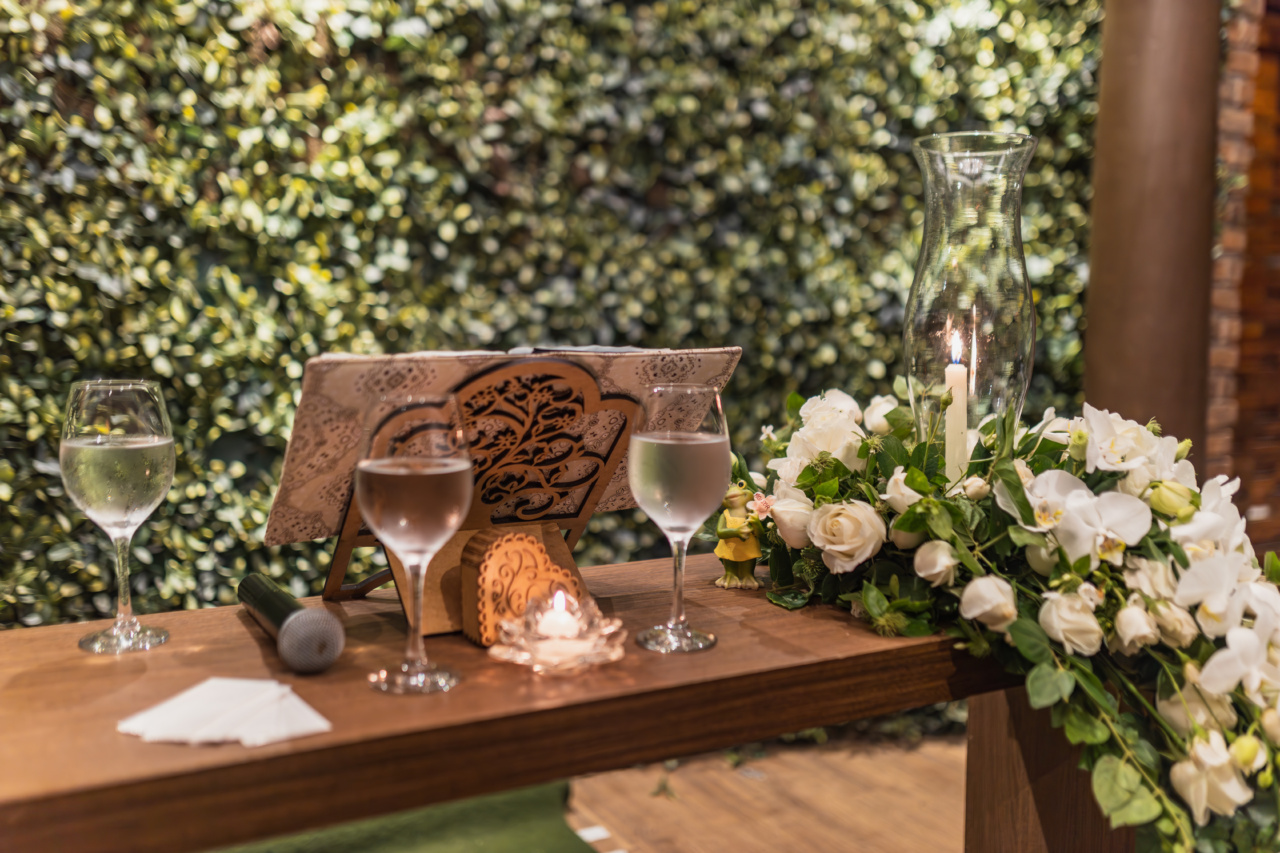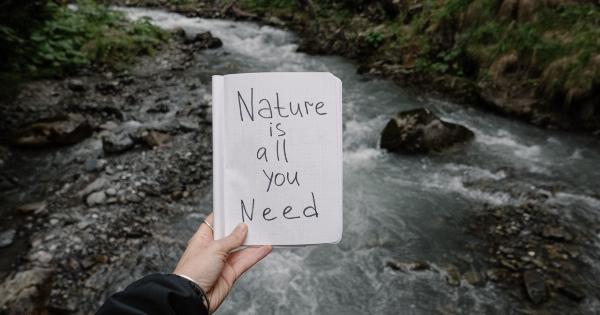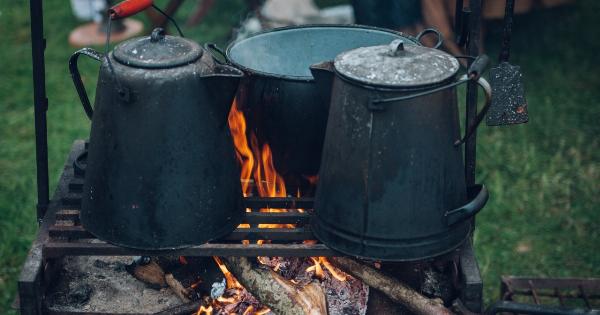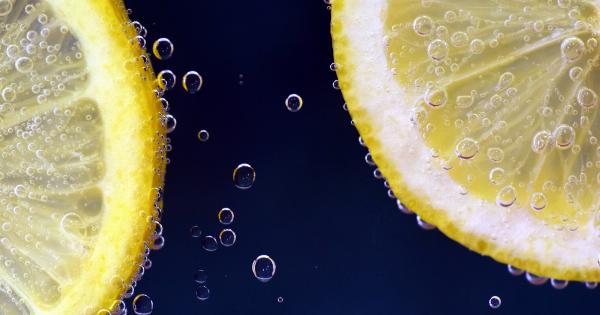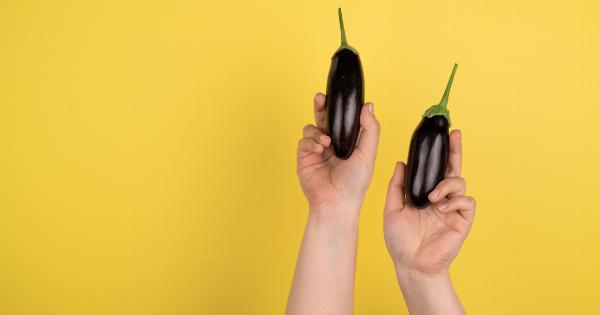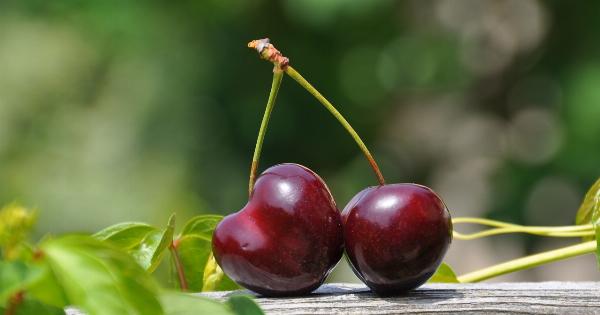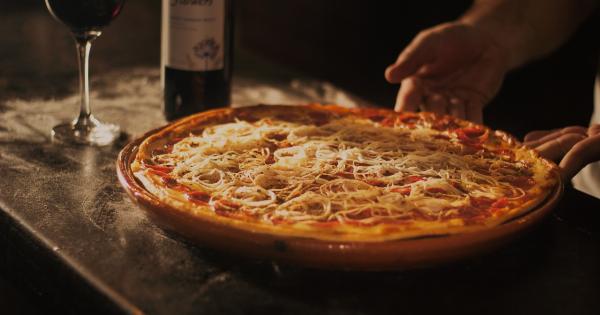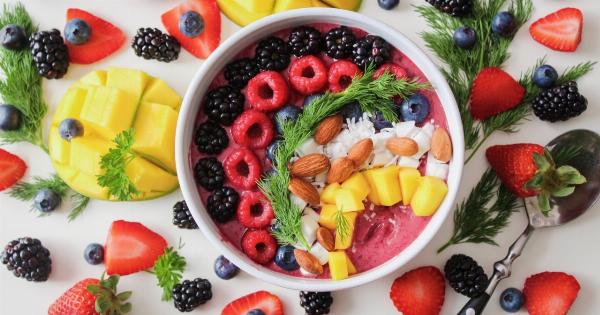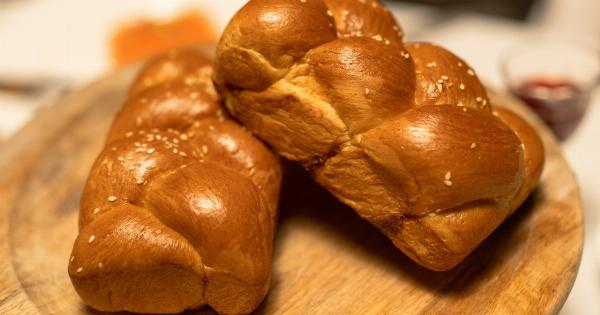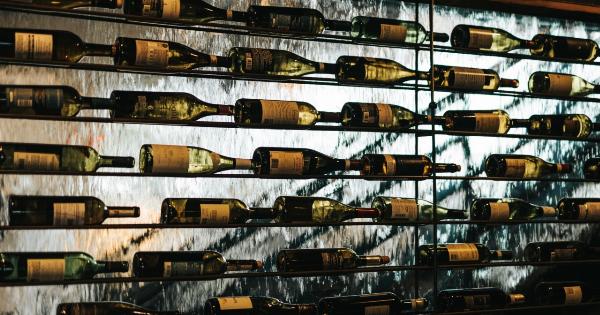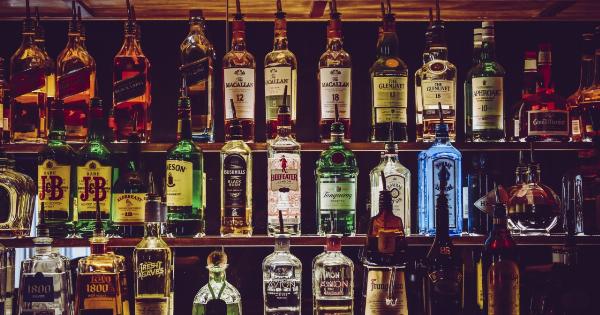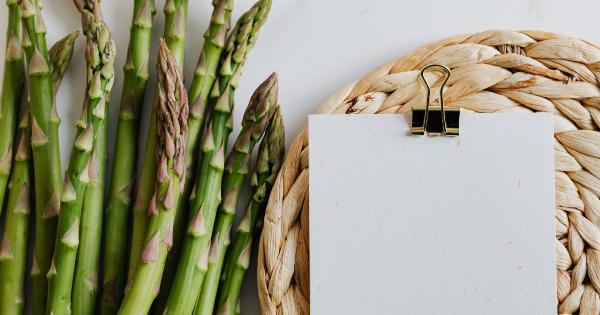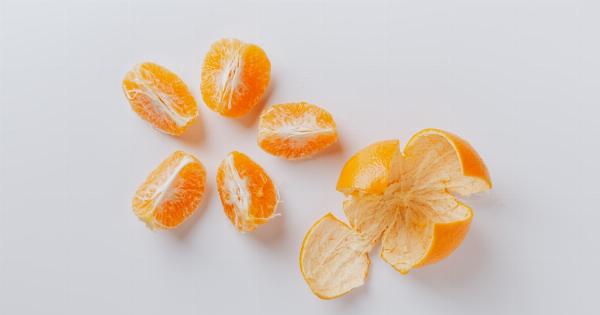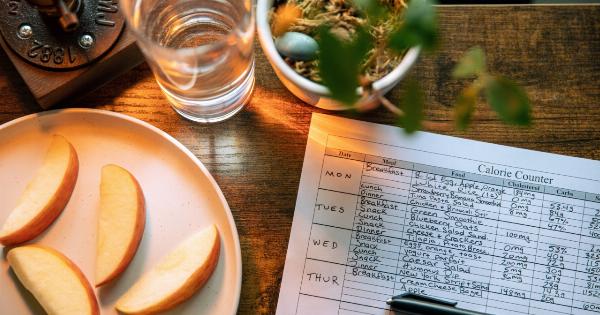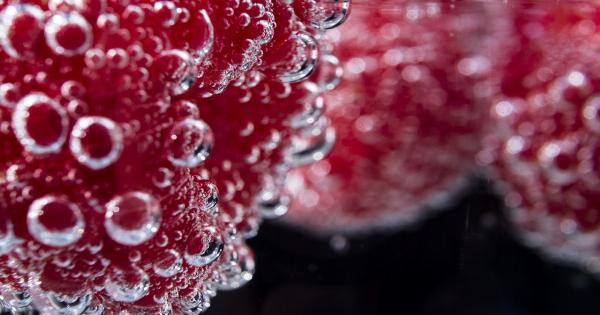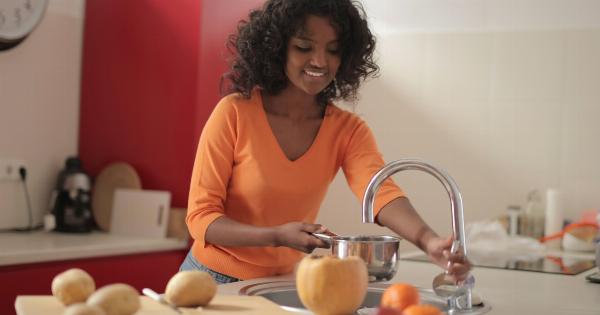Champagne is a sparkling wine known for its elegance and effervescence. It is often associated with celebrations and special occasions. But there is much more to this iconic beverage than just popping a cork.
In this article, we will delve into the world of champagne, exploring its history, production methods, different styles, and serving suggestions. Whether you are a champagne connoisseur or a curious enthusiast, join us as we uncover everything you need to know about champagne.
The History of Champagne
Champagne’s origins can be traced back to the Champagne region of France, hence the name. This northeastern region, located about 90 miles east of Paris, has been producing wine since Roman times.
However, it wasn’t until the seventeenth century that the modern method of making sparkling champagne was discovered.
In the early days, champagne was known for its instability, with bottles often exploding due to the wine’s fermentation continuing in the bottle.
It wasn’t until the introduction of stronger glass bottles and the use of cork stoppers, reinforced with wire cages, that champagne became a more reliable and sought-after beverage.
Champagne Production
Champagne production is a meticulous process that requires expertise and precision. It begins with the cultivation of specific grape varieties, primarily Chardonnay, Pinot Noir, and Pinot Meunier.
These grapes are harvested by hand to ensure the utmost care and selective picking. The grapes are then gently pressed to obtain the juice, which will form the base of the champagne.
After pressing, the juice undergoes fermentation, where the sugars are transformed into alcohol. The resulting still wine is then blended to create the desired flavor profile.
This blend, known as the cuvée, is bottled with a mixture of sugar and yeast, also known as the liqueur de tirage. The second fermentation occurs in the bottle, and carbon dioxide is trapped, creating the characteristic bubbles of champagne.
Once the second fermentation is complete, the champagne undergoes a complex aging process. It can be aged for a minimum of 15 months, but some premium champagnes are aged for several years.
During this time, the bottles are kept horizontally, allowing the dead yeast cells, known as lees, to settle in the neck of the bottle.
When the aging process is complete, the bottles go through a series of steps known as riddling, disgorging, and dosage. Riddling involves gradually rotating the bottle to move the lees to the neck of the bottle.
Disgorging is the removal of the frozen lees plug, and dosage is the addition of a mixture of wine and sugar, known as the liqueur d’expédition, which determines the sweetness of the final champagne.
The Styles of Champagne
Champagne comes in various styles, each offering its own unique characteristics. Here are some of the most popular styles:.
1. Non-vintage (NV) Champagne
Non-vintage champagne is a blend of wines from different harvest years. This style aims to achieve consistency and represents the house’s signature taste. NV champagne is typically fresh, fruity, and vibrant.
2. Vintage Champagne
Vintage champagne is made from grapes harvested in a specific year, known as a “vintage.” It is only produced in exceptional years when the grapes reach optimal ripeness. Vintage champagnes are often more complex and age-worthy.
3. Blanc de Blancs
Blanc de Blancs champagne is made exclusively from Chardonnay grapes. It offers a lighter and more delicate style with crisp citrus flavors and a creamy texture.
4. Blanc de Noirs
Blanc de Noirs champagne is made from black-skinned grapes, usually Pinot Noir or Pinot Meunier. Despite the dark skin, the juice is gently pressed to minimize contact with the skins, resulting in a champagne with a pale color.
5. Rosé Champagne
Rosé champagne can be produced through different methods, including blending red and white wines or allowing the juice to macerate with the grape skins for a brief period.
It offers a range of flavors, from delicate red fruit to more pronounced berry notes.
Serving Champagne
While champagne is often associated with celebrations, it is a versatile wine that can be enjoyed in various settings. Here are some tips for serving and enjoying champagne:.
1. Temperature
Champagne should be served chilled but not too cold. The ideal serving temperature is between 45°F (7°C) and 50°F (10°C). This range allows the flavors and aromas to be showcased without being overly muted.
2. Glassware
Flute glasses are the most commonly used for serving champagne. Their tall and narrow shape helps preserve the bubbles and concentrates the aromas.
However, some prefer using wider tulip-shaped glasses or even white wine glasses to enhance the wine’s complexity.
3. Opening the Bottle
When opening a bottle of champagne, it is essential to handle it with care. Remove the foil covering and loosen the wire cage while keeping your thumb on top of the cork.
Gently twist the bottle, not the cork, to ease it out with a soft sigh rather than a loud pop.
4. Food Pairings
Champagne is a versatile wine that pairs well with a variety of foods. It can complement appetizers such as smoked salmon, oysters, or delicate cheeses. It also pairs well with lighter dishes like salads, seafood, and poultry.
For a decadent pairing, try champagne with rich dishes like lobster, truffles, or foie gras.
5. Storing Champagne
If you have leftover champagne, it is essential to store it properly to maintain its quality. Recork the bottle tightly with the original cork or a champagne stopper. Store it in the refrigerator and consume it within a day or two to enjoy its fizziness.
Conclusion
Champagne continues to captivate wine lovers around the world with its elegance, effervescence, and celebratory allure. From its remarkable history to the meticulous production process and diverse styles, champagne is a delight to explore and enjoy.
Whether you savor it during special occasions or elevate everyday moments, knowing the ins and outs of champagne enhances the experience. Cheers to the world of champagne!.
